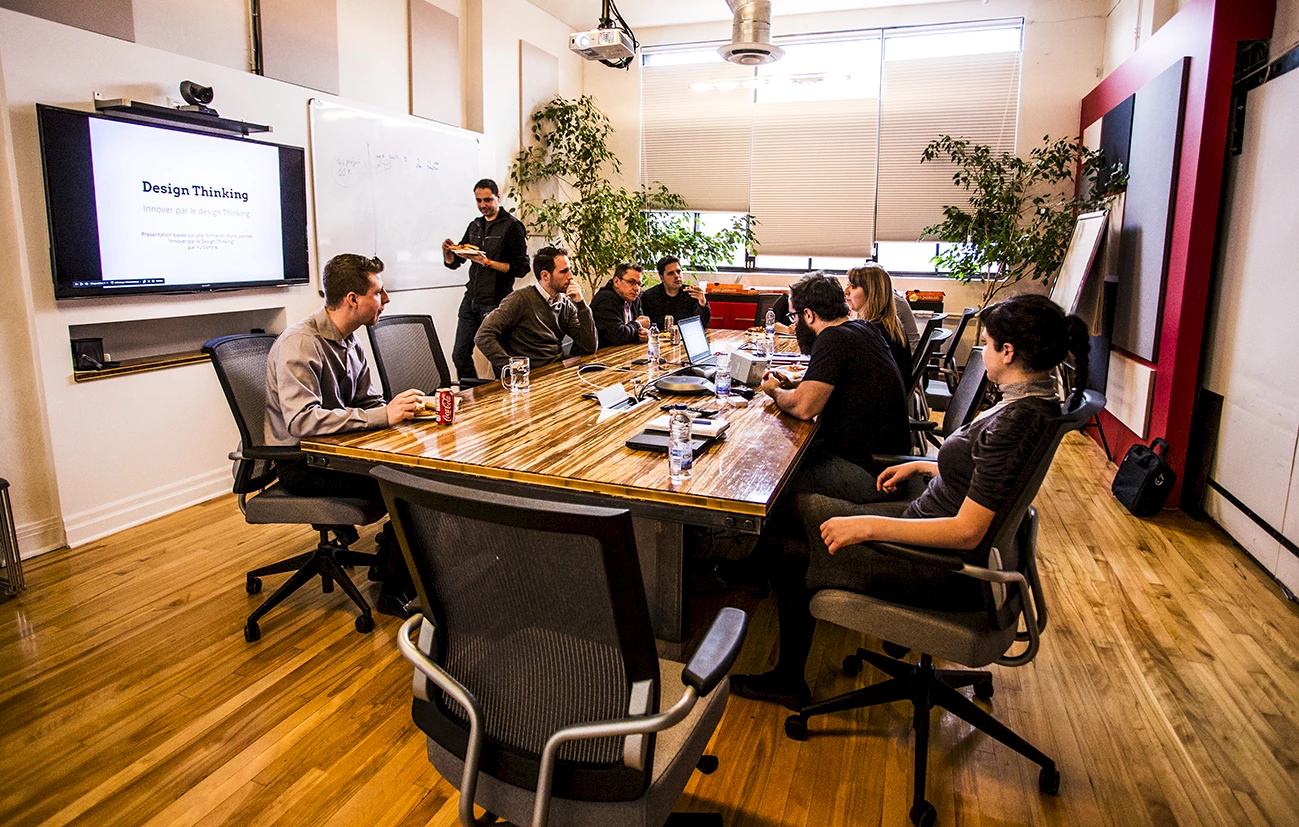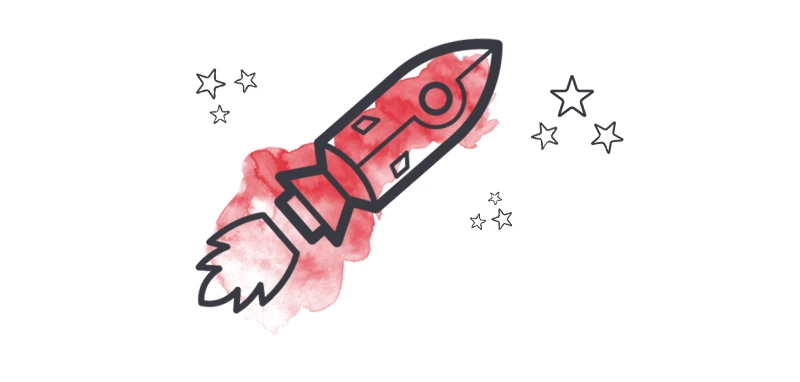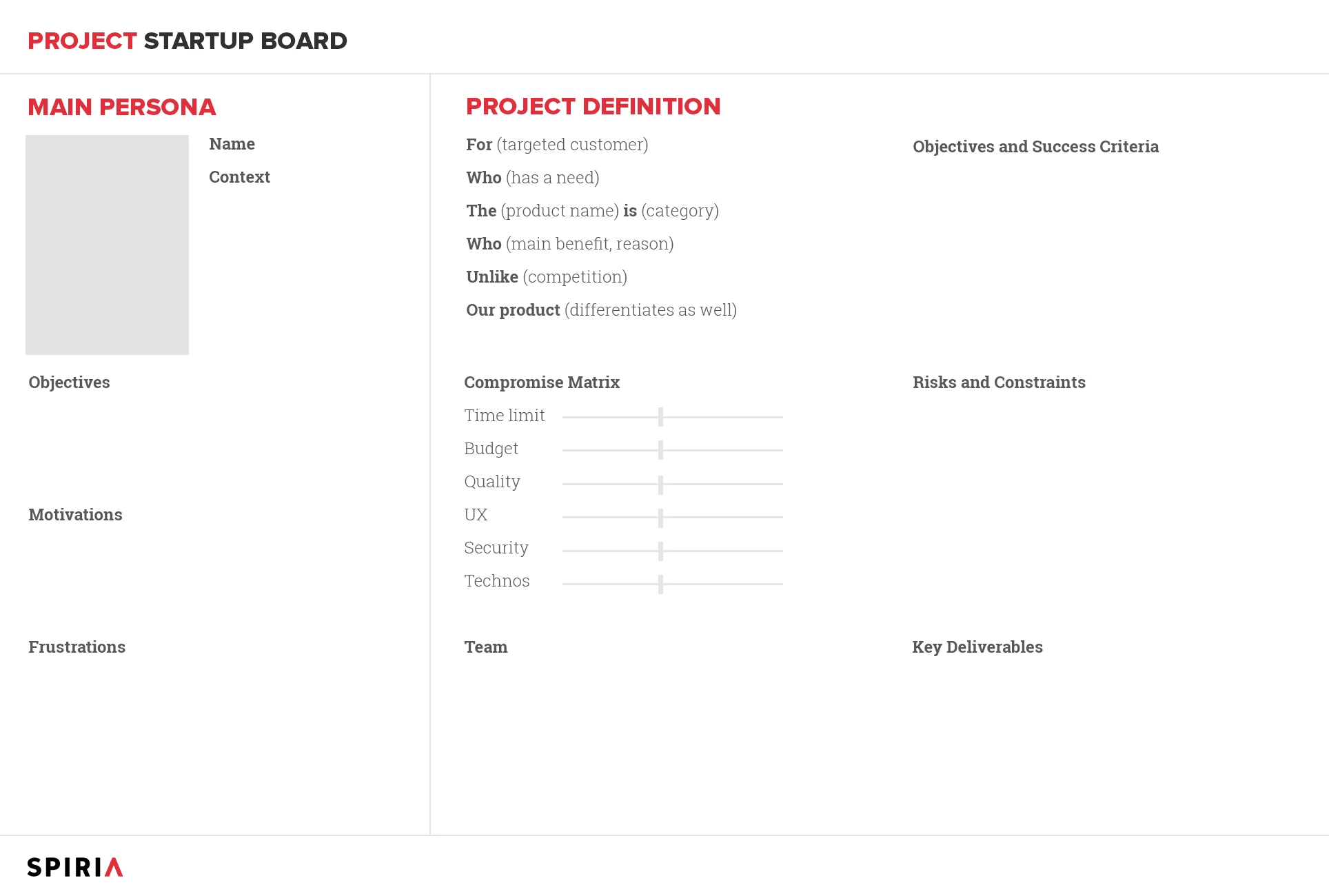The World of Project Launches


Let the odyssey begin!
Over the last 10 years, I have embarked on every new project as if it were an odyssey. As a designer, I am very involved in the first phases of new projects, when we’re sailing blind in uncharted waters.
Any new bespoke software or Web site development project presents its share of challenges:
- Tight budget,
- Tight deadline,
- Vague specifications,
- Unclear user or client needs,
- Turnover in the development team,
- Requests for obscure technologies.
Happily, the perfect storm of challenges is rather rare!
Over the years, thanks to countless Agile post-mortems and with the help of my team, I have assembled a set of instruments to help us safely steer new projects to success. I hope you will find them useful!
Client Questionnaire
The first tool I developed was a client questionnaire. This is key to any new project as it opens the channels of communication and allows you to gain a better understanding of your client’s goals.
Here are some sample questions, which are adapted on a project-per-project basis:
- Why do you want a new application?
- What will happen if you don’t get a new application?
- Which problems are you hoping to solve for your clients?
- Etc.
The goal of the questionnaire is to get to the true motives and underlying business objectives of the client. Do they want to increase sales? Cut data entry and processing times? Reduce errors?
In order to measure success, you first have to understand your client’s business objectives and be able to quantify them so you’ll know when they’ve been reached. These objectives should be measurable, realistic and have a target date.
Clear objectives allow your team and the client to follow a clear direction during development, establish priorities and monitor progress.
User Interviews
User needs are important too. While administering the client questionnaire, you should also be running user interviews in order to establish “personas”, or types of profiles.
Data produced by services like Google Analytics also enable you to become better acquainted with important aspects of users’ technology use, for example how they access the existing system or site, how much time they spend on each page, or what browsers they use. This data can also help you define a project’s objectives.
The questions to ask users can vary widely depending on project context. The golden rule of a good user interview is to listen more than you talk, and to ask open-ended questions to encourage respondents to talk freely. You can start with general questions to identify irritants and define motives, then validate more specific aspects of the project, depending on the client’s business objectives.
The goal of these questions is to create one or two project “personas”. You have to put a face on the end-user in order to avoid developing just for the client’s or designer’s needs. Interfaces must follow the users’ needs and patterns of use.
The following user needs should be defined:
- What are their motives?
- What are they frustrated by?
- What are their objectives?
Meeting
A team meeting should launch any project, yet it is too often skipped due to time or money constraints. The whole team should gather at the beginning of any new project to share the vision, and to question set ideas, identify potential risks and uncertainties, and define client and user objectives.
And don’t be afraid to involve the client in the launch meeting. Indeed, development teams often emerge from these meetings with more questions than answers, but when the client is present, they can quickly set you on the right course. And since they helped develop the vision, they are more likely to be on-board for the rest of the project. Finally, it will be easier to explain development decisions to them.
Besides information sharing, co-launching a project makes for a stronger, more engaged team. It’s so much more motivating for everyone involved than to be left out in the cold!
Visibility
And finally, here is an example of a project launch table. The objective of the table is to display every aspect of the project in summarized form, in a way that is easy to update from one meeting to the next.
So, what are your “musts” when embarking on a project? Do you have other tools or best practices that help you stay on course?

